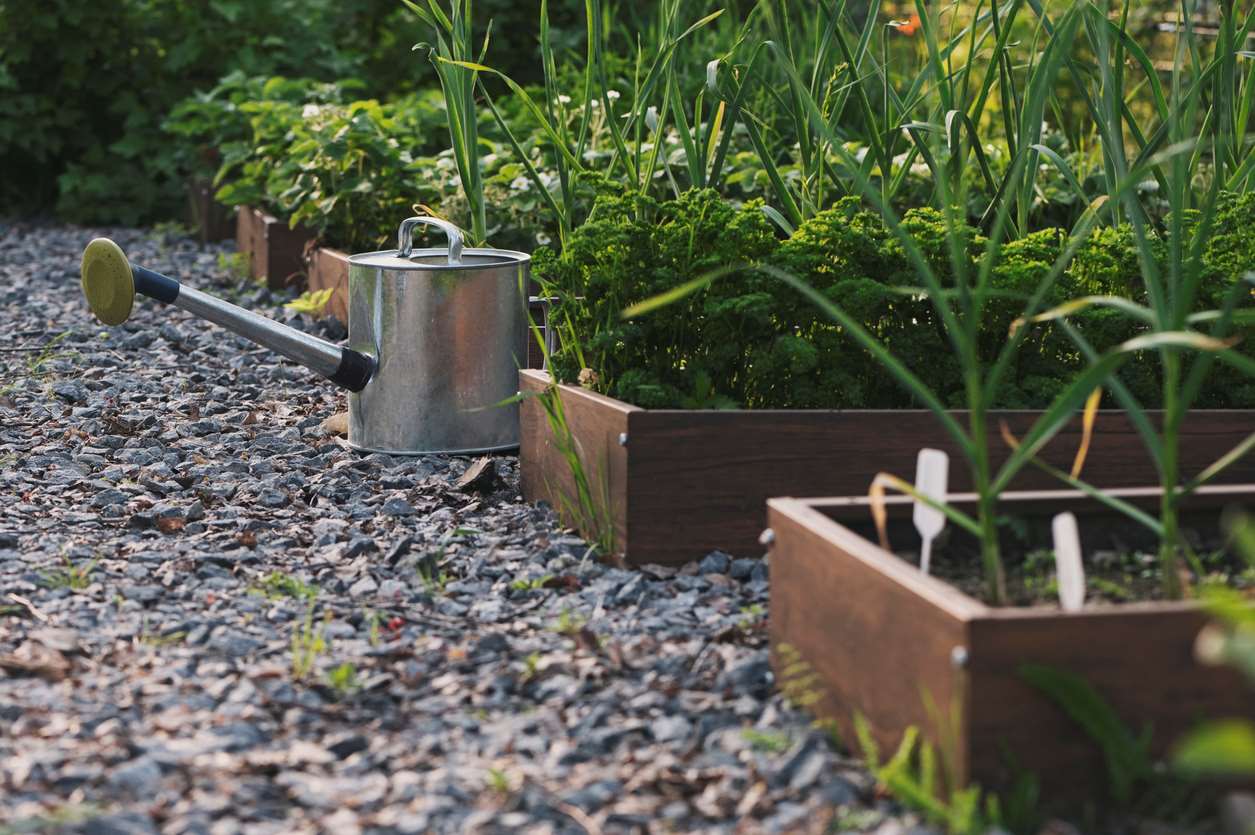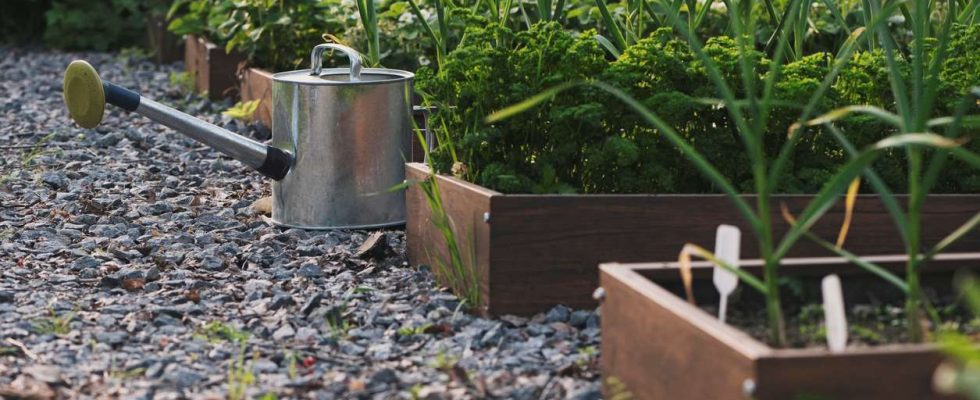
In the ornamental garden
To enjoy an explosion of flowers, scents and colors throughout the sunny days, it is, of course, necessary to plant and sow, but also to pamper your plants in place.
Prune shrubs
The month of April marks the end of flowering of spring flowering shrubs, like forsythia, magnolia, etc. The leaves will take over from the flowers. It is then time to prune them, which will stimulate the formation of new shoots which will also bear flowers next year. To do this, reduce the dead branches by about a third of their height. Cut only the oldest branches to ground level, that of at least 5 years.
Leave the bulbs in place
THE hyacinthsTHE narcissusTHE tulips also begin to dry out. While you can remove the flower stalks, it is essential to resist the urge to cut off the leaves and let them disappear on their own. They are in fact what will allow the bulb to regenerate to offer you beautiful flowering next year.
Weed
It’s time to clean your walkways, as well as your flowerbeds and flowerbeds. It is indeed time to rid them of all the weeds that may have settled there over the past months and to remove the dead plants. But be careful, be vigilant and patient, because some plants may seem dead to you when they have simply not started again. Give them a reprieve while they see what happens. At the same time, you can also prepare new flower beds and paths, as well as new flowerbeds.
Carry out sowing and planting
It is certainly the time to plant certain annuals, certain perennials, certain summer flower bulbs, such as lilies and gladioli, certain shrubs, as well as dahlias, but it is nevertheless necessary to remain vigilant and don’t rush since the risk of frost is still to be feared.
You must therefore ensure that only plant the least sensitive plants, which means that the plantings to be carried out during this period depend greatly on your geographical location and the weather. Additionally, sow hardy annuals, such as cornflowers, poppies, marigolds, cosmos, etc.
Take care of your lawn
At this time of year, the newfound mildness and the alternation of sunny and rainy days mean that the grass grows practically visibly. This means that you must get back to mowing regularly, but without excess. To do this, wait until the grass has reached a height of around ten centimeters and choose a day when it is not too humid.
See to don’t cut too short, 7 cm is the ideal height to preserve it. You can also use the scarifier to aerate the soil, facilitate the penetration of water into it and thus limit the appearance of moss. If the grass has disappeared from certain areas, you can use replenishment grass to fill in the gaps.
Inspect your plants
After winter, it is important to take the time to inspect your trees, shrubs and other plants to possibly detect the start of disease. As soon as you spot the presence of parasites or signs of disease, act quickly to limit the spread.
Fertilize potted plants
If you have potted plants in your garden or on the terrace, it is time to give them a helping hand. To do this, you can carry out surfacing, that is to say, remove a few centimeters of substrate to replace it with new potting soil. This very simple operation provides nutrients to potted plants. You can also rely on adding fertilizer.
In the vegetable garden
Proceed with the first plantings
It’s time to plant potatoes, but also onions, shallots and artichokes. You can also plant small fruit trees, such as strawberries and raspberries, for example.
Carry out your sowing
Whether in the ground or in a bucket, there is still time to prepare your seedlings. You can sow carrots, spinach, lettuce, radishes, etc. in the ground. If you have not yet sowed tomatoes, peppers, etc., it is now a little late! It is therefore preferable to buy them in pots to transplant them when all risk of frost has passed.

